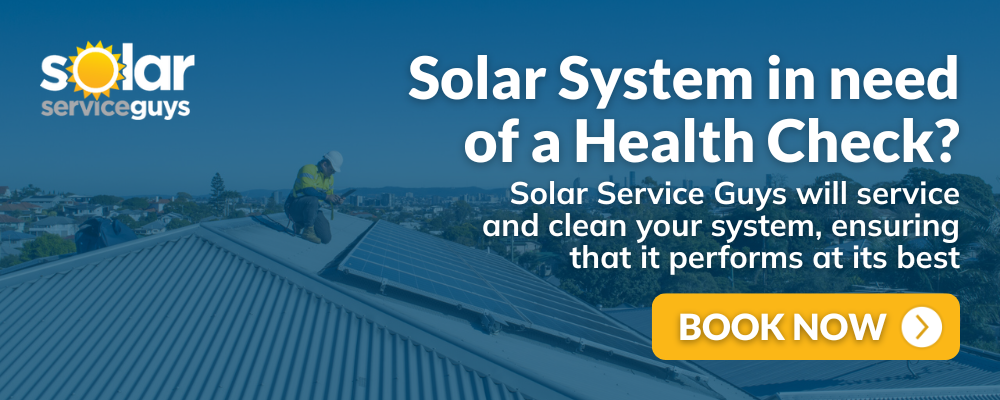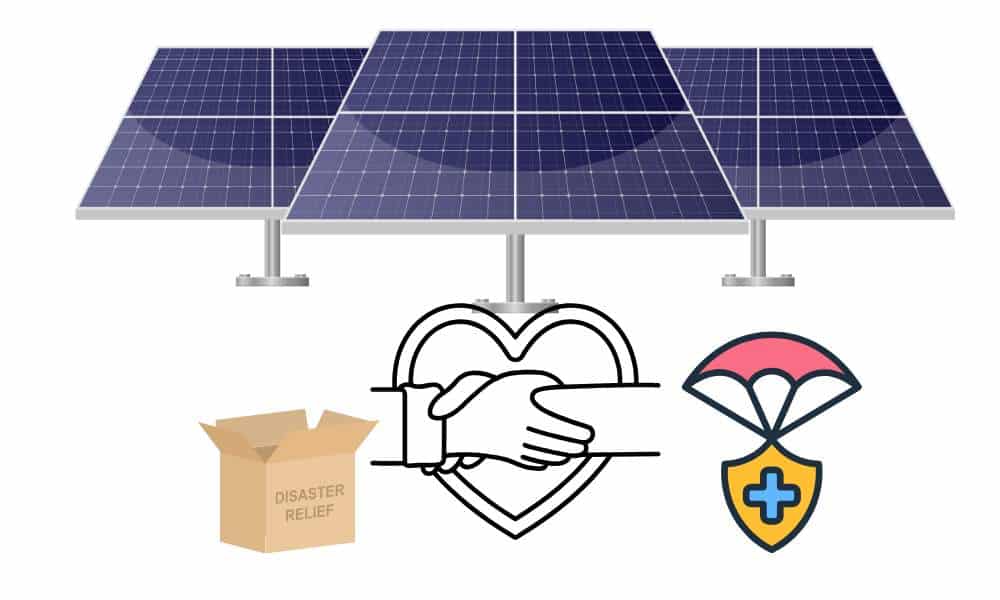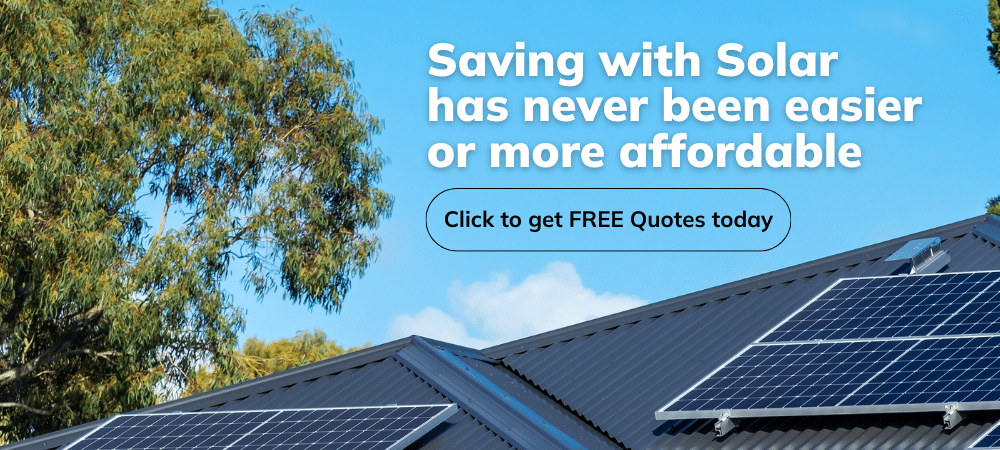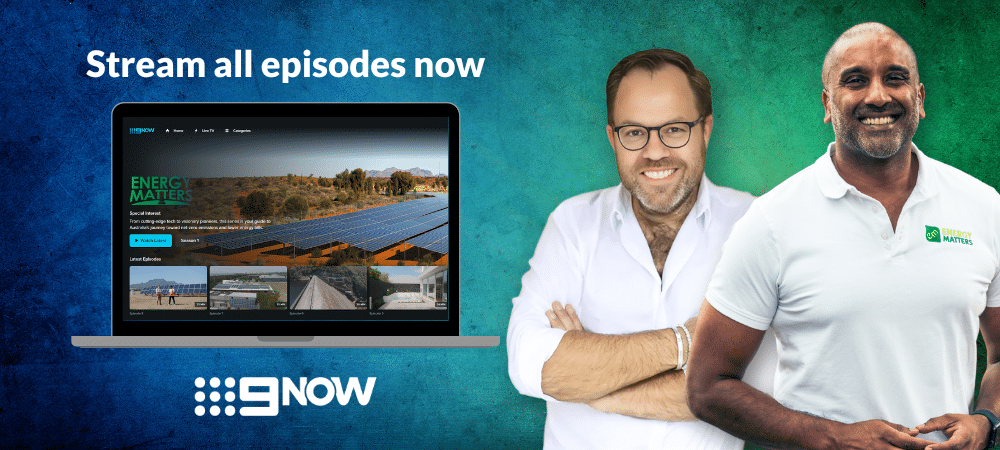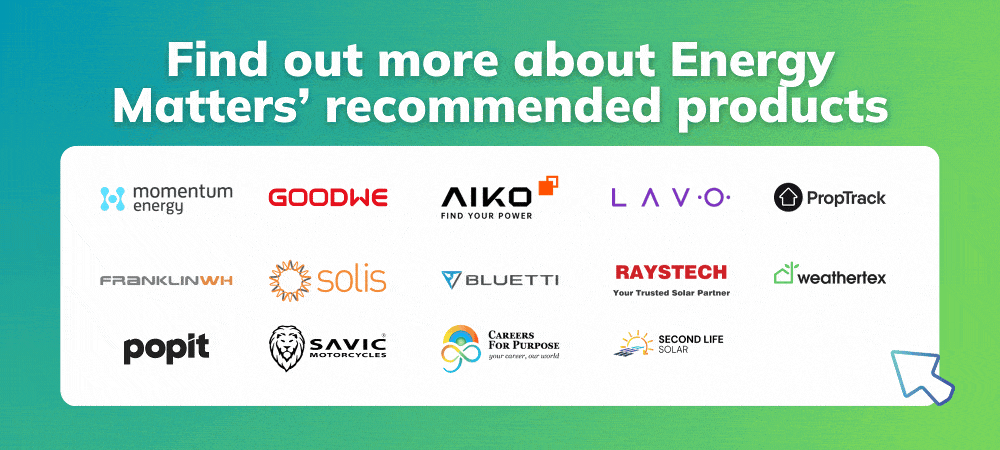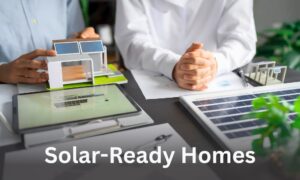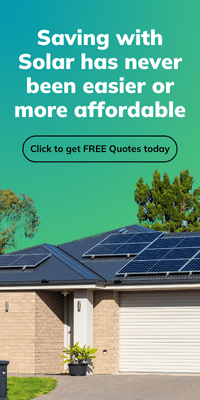As Australia and its Pacific neighbours face more frequent and severe natural disasters, access to reliable energy has become a critical challenge, especially when infrastructure fails. Whether it’s keeping the lights on in remote healthcare centres or helping communities process insurance claims after a flood, solar power is proving to be more than just a clean energy source. It’s becoming a frontline tool in emergency response.
When disaster strikes, conventional power grids are often among the first to collapse. That’s where solar energy stands out. Fast to deploy, fuel-free, and highly scalable, solar power offers an immediate and sustainable lifeline, powering communication tools, refrigeration, medical equipment, and even mobile command centres in off-grid conditions.
The case for solar in disaster scenarios
Solar energy offers three key advantages for emergency relief:
· Independence from supply chains: With rooftop panels and battery systems, critical sites can operate autonomously, without needing fuel deliveries or grid access
· Scalability and mobility: From portable solar units to containerised microgrids, solutions can be deployed to field hospitals, evacuation centres, and response teams quickly
· Long-term value: Solar doesn’t just serve in a crisis. It provides sustainable infrastructure year-round, reducing energy costs and carbon emissions over time
But theory only goes so far. To understand what this looks like in practice, look no further than the Pacific.
In Vanuatu, solar is saving lives
In one of the Pacific’s most disaster-vulnerable regions, solar power is already changing the story. A partnership between Renew Pacific and Respond Global is delivering off-grid solar power systems to 20 remote healthcare centres in Vanuatu, areas often left in the dark during cyclones or extreme weather.
With rooftop solar and battery storage now in place, these centres can refrigerate vaccines, operate medical equipment, and provide maternity care even when roads are blocked or fuel supplies are cut. The rollout goes beyond healthcare: schools and community buildings are also being upgraded, while local training programs ensure the technology is maintained for the long term. This isn’t just disaster relief, it’s community resilience in action.
High-tech support back home
Here in Australia, Suncorp is investing in solar as part of a broader emergency response infrastructure. Its newly launched Disaster Management Centre (DMC) in Brisbane is equipped with a nine-metre-wide control screen that integrates real-time weather alerts, geospatial mapping, and satellite imagery, powered by AI to help anticipate and respond to natural disasters quickly.
The DMC strengthens Suncorp’s ability to support affected customers across Australia and New Zealand, and when disaster hits, their work doesn’t stay behind the scenes.
Mobile hubs on the move
Suncorp has also launched five mobile disaster response hubs that head directly to disaster zones. These self-contained units are equipped with solar-powered devices, enabling them to operate independently in areas where power and communication networks have collapsed
From processing insurance claims to providing charging stations for phones and laptops, these hubs act as vital touchpoints for recovery. They ensure that even in the hardest-hit communities, people can access help and stay connected when it matters most
What Australia needs to do next
Australia’s emergency infrastructure is still largely built around fossil fuels and centralised systems If solar is to play a bigger role, we need to treat it not just as a green option, but as a critical national infrastructure
That means:
· Embedding solar + battery solutions in hospitals, schools, and evacuation centres across high-risk regions
· Supporting indigenous-led and remote community solar programs to ensure local resilience where grid coverage is weakest
· Scaling mobile solar units for use by emergency responders, SES crews, and mobile clinics
· Investing in workforce development to train local technicians and builders in solar deployment and maintenance
Disaster response is no longer just about speed, but about structural preparedness. Solar makes communities less fragile, more self-reliant, and better able to protect lives when help is still hours or days away.
Powering recovery, long before the storm hits
Australia is no stranger to disaster, but with smarter, more resilient infrastructure, we don’t have to keep rebuilding from scratch. Solar energy isn’t a silver bullet, but when paired with strategic planning, local expertise, and long-term investment, it can be the backbone of a better response
The future of disaster relief won’t come from the grid. It will come from the rooftops, the roads, and the resilience we choose to build now.









